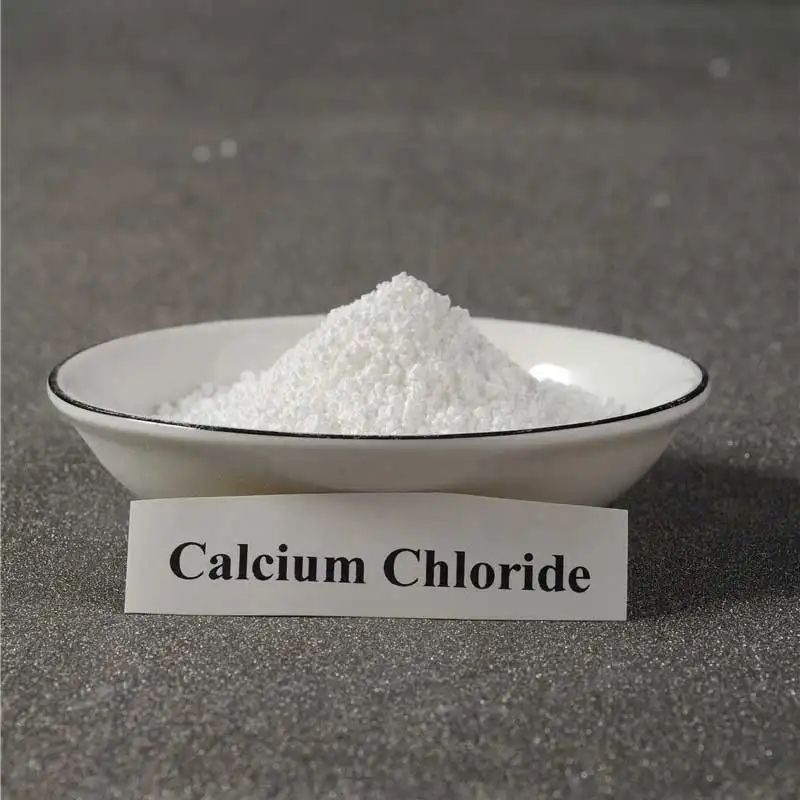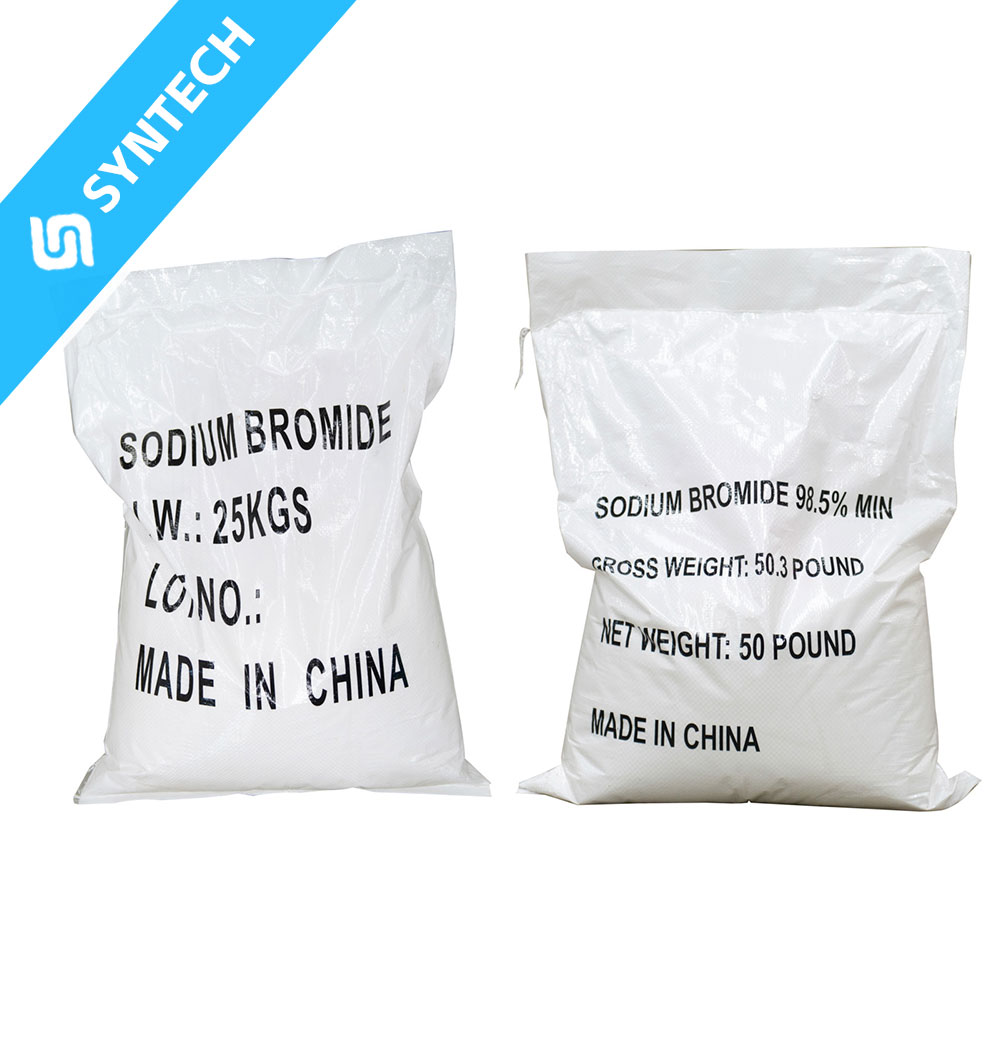In the petroleum industry, SMS is typically stored as a bulk crystalline solid (in 25–50 kg HDPE drums or 1-ton super sacks) in oilfield warehouses, offshore drilling platform storage cabins, or on-site temporary storage areas. These environments are characterized by unique stressors that directly target SMS’s molecular structure (reactive vinyl double bond C=C and ionic sulfate ester linkage -O-SO₃⁻Na⁺), significantly affecting its storage stability. The key influencing factors are as follows:
1. High Humidity (Moisture Ingress)
Humidity is the most critical factor undermining SMS stability in the petroleum industry, primarily due to the sector’s common high-moisture environments (e.g., offshore platforms, marshland oilfields, or coastal storage yards, where relative humidity (RH) often exceeds 65%, and even reaches 80–90% in rainy seasons).
- Impact mechanism:
- SMS has strong hydrophilicity due to its ionic sulfate group (-O-SO₃⁻Na⁺), which readily absorbs atmospheric moisture. This leads to crystal agglomeration (caking)—mild caking causes difficulty in weighing and feeding during copolymer synthesis (e.g., for drilling fluid loss reducers), while severe moisture absorption can result in partial dissolution, forming a viscous aqueous solution that invalidates SMS’s solid-state usability.
- Moisture provides a medium for hydrolytic reactions: although SMS is stable in neutral water at ambient temperature, trace acidic impurities (e.g., sulfuric acid residues from SMS synthesis) or alkaline contaminants (e.g., sodium hydroxide from oilfield chemical co-storage) in the oilfield environment can catalyze the hydrolysis of the sulfate ester linkage. This generates methallyl alcohol (a volatile, flammable impurity) and sodium bisulfate, reducing SMS’s effective monomer content by 5–10% over 3 months and introducing impurities that disrupt downstream polymerization (e.g., lowering the molecular weight of oilfield scale inhibitors).
2. Volatile Oil/Gas Vapors
Oilfield storage areas (especially drilling platforms or near production wells) are filled with volatile hydrocarbon vapors (e.g., methane, ethane, or light petroleum fractions) and organic solvents (e.g., diesel for equipment, methanol for wellbore antifreezing).
- Impact mechanism:These hydrocarbon vapors act as weak free-radical initiators. They react with the vinyl double bond (C=C) in SMS via oxidative cleavage, accelerating the formation of peroxide intermediates. Over time, this leads to oxidative degradation of SMS:
- The effective monomer purity decreases (by 3–8% over 6 months), as oxidized SMS cannot participate in copolymerization with acrylamide or maleic anhydride (key for EOR polymer flooding agents).
- Oxidation byproducts (e.g., aldehydes or ketones) contaminate SMS, causing abnormal coloration (white crystals turn pale yellow) and reducing the performance of derived oilfield chemicals (e.g., weakening the scale inhibition ability of SMS-maleic acid copolymers).
3. Temperature Fluctuations
Unlike controlled industrial warehouses, oilfield storage environments (e.g., outdoor yards in desert oilfields or closed cabins on offshore platforms) often experience significant temperature fluctuations: summer temperatures can reach 40–45°C, while winter temperatures may drop to 0–5°C (though low temperatures have minimal direct impact on SMS).
- Impact mechanism:High temperatures (above 35°C) act as a “reaction accelerator” for SMS:
- They speed up the hydrolytic rate of the sulfate ester linkage (hydrolysis rate doubles for every 10°C increase in temperature), exacerbating impurity generation.
- They enhance the reactivity of the vinyl double bond, increasing the risk of uncontrolled self-polymerization (even without external initiators). Polymerized SMS forms insoluble fine powders, which clog filters during drilling fluid preparation and render the monomer unusable.
4. Metal Ion Contamination
The petroleum industry relies heavily on steel equipment (e.g., storage tanks, transfer pipelines, and handling tools), which are prone to rusting in high-humidity, saline environments. This introduces trace metal ions (e.g., Fe³⁺, Cu²⁺, Mn²⁺) into SMS storage systems.
- Impact mechanism:These transition metal ions are potent catalysts for oxidation and polymerization:
- They activate oxygen molecules in the air, promoting the oxidative cleavage of the vinyl double bond—this reduces SMS purity by 4–9% over 4 months, far faster than oxidation without metal ions.
- They initiate free-radical polymerization of SMS, even at ambient temperature, leading to the formation of low-molecular-weight polymers that cannot be used for synthesizing high-performance oilfield chemicals (e.g., high-temperature-resistant fracturing fluid viscosifiers).
5. Saline Dust and Particulate Contamination
Oilfield environments (especially offshore or salt dome oilfields) are rich in saline dust (e.g., NaCl, CaCl₂ particles) and solid particulates (e.g., sand, cement dust from well construction).
- Impact mechanism:
- Saline dust absorbs moisture, forming a “saline solution film” on SMS crystal surfaces, which accelerates sulfate ester hydrolysis (salts increase water’s ionic strength, enhancing the reactivity of hydrolytic reactions).
- Particulates (e.g., sand) act as physical contaminants: they mix with SMS crystals, reducing monomer purity and causing abrasion to downstream processing equipment (e.g., polymer reactors). In severe cases, calcium ions from cement dust react with SMS’s sulfate groups, forming insoluble calcium sulfate precipitates that directly invalidate SMS.
6. Inadequate Packaging and Sealing
SMS in the petroleum industry is often stored in bulk, and inadequate packaging/sealing amplifies the impact of the above factors. Common issues include:
- Damaged HDPE drum gaskets or torn super sack liners, allowing moisture, oil vapors, and dust to ingress.
- Repeated opening of containers for sampling or dispensing, increasing air and contaminant exposure.
- Use of non-chemical-resistant containers (e.g., unlined steel drums), which leach metal ions or react with SMS.






